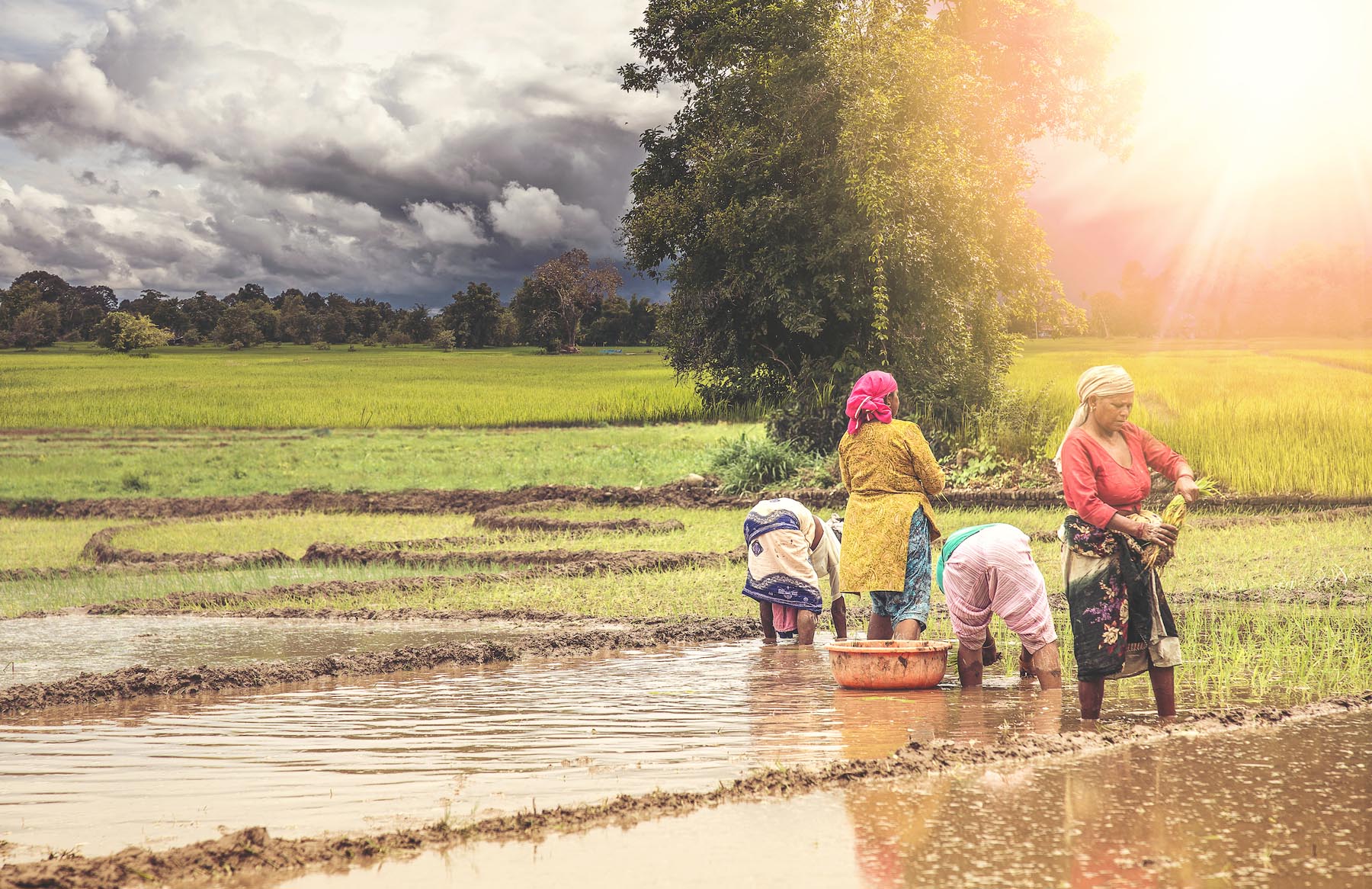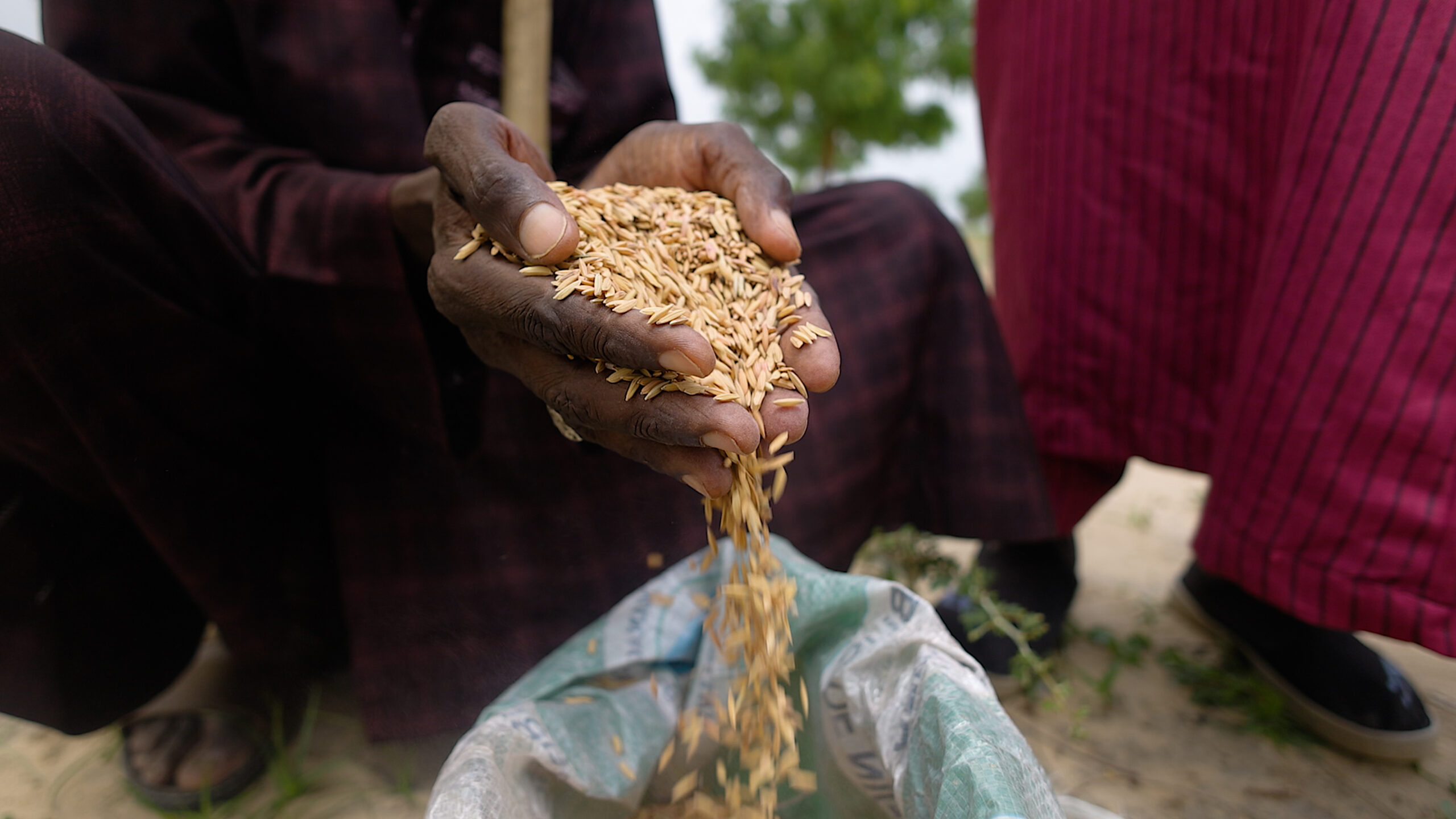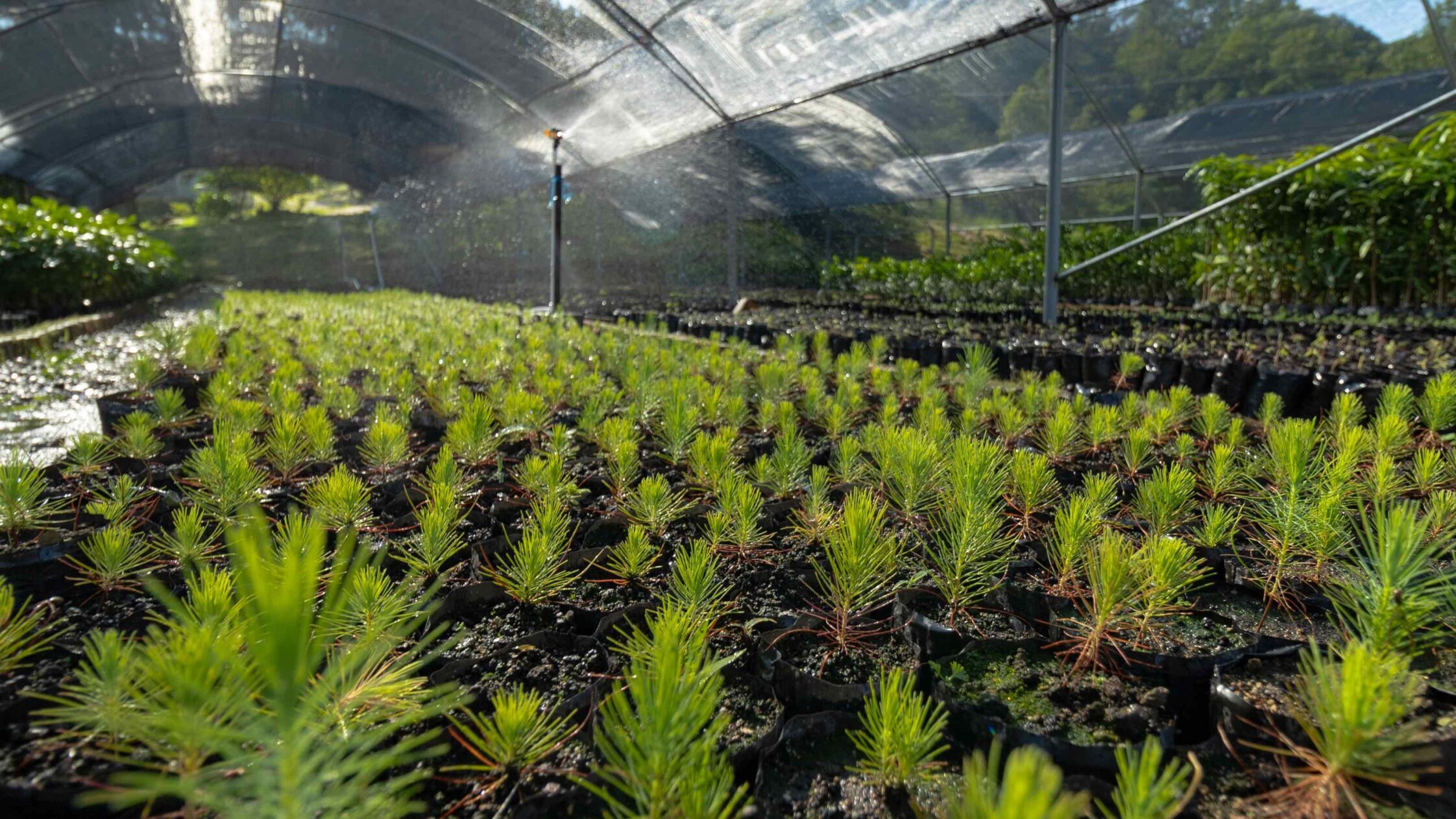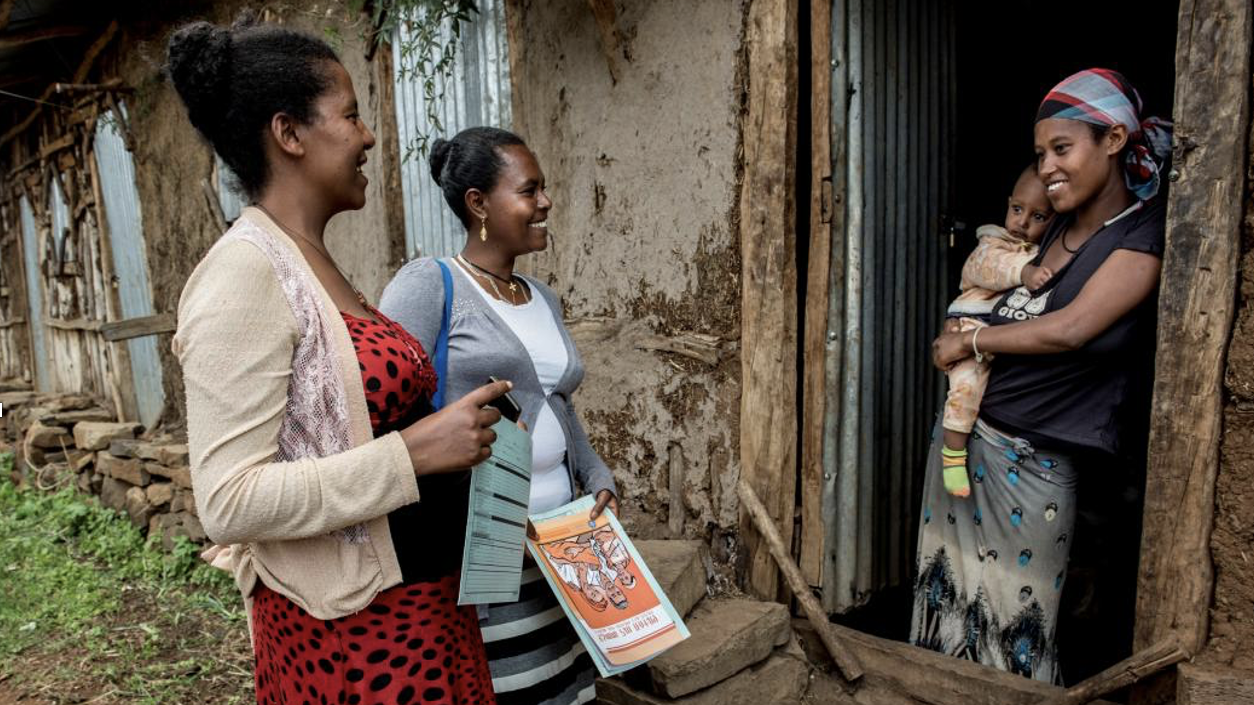This year’s Global Food Policy Report—IFPRI’s flagship publication—is the fourth in an annual series which provides an in-depth look at major food policy developments in the past year. The topics covered in the 2014-15 report are timely as we usher in a new global development agenda.
The launch of the Report in various capital cities around the world focused on shaping the future development agenda through different lenses, particularly middle-income countries, smallholder agriculture, social protection, and rural infrastructure.
In Beijing, Bonn, Brussels, and Rome, I shed light on what is needed to overcome hunger and malnutrition in middle income countries (MICs) and beyond and why it is important to do so.
As I previously discussed, MICs are global economic powerhouses, yet they account for majority of the world’s hungry and malnourished—they should not be ignored.
There must be a renewed focus on these countries to ensure economic prosperity alongside sustained reductions in inequalities and improvements in human capital. Beyond their borders, MICs should play a key role in helping to reduce hunger and malnutrition in other developing countries via aid, investments, and knowledge sharing.
China is one of the rising economic powerhouses that is home to about 83 million poor people—many of whom are hungry. Simultaneously, overweight and obesity are rising in the country—1.5 to 2 times higher than 1991 levels—as drivers of economic growth evolve, urbanization and the middle class expands, and consumer preferences change. Advancing food security and nutrition will require China to expand investments in agricultural R&D, leverage international trade, ensure environmental sustainability, strengthen land rights, and improve food safety, among other actions.
In the African continent—in Addis Ababa and Dakar—the unveilings of the Report focused on the role of smallholders, social protection, and rural infrastructure. To help small family farmers prosper, a move up or move out strategy is especially imperative in Africa, but we must recognize that not all smallholders are the same. Investments should be channeled to either help smallholders undertake commercial farming operations, or to help them move out to seek non-farm employment opportunities.
Social protection for the rural poor is also key for food security and nutrition in both emerging and developing countries. Productive, cross-sector social safety nets can help small farmers cope with livelihood shocks and provide them with long-term profitability-enhancing opportunities. Ethiopia’s Productive Safety Net Programme—the largest social protection program in Africa south of the Sahara outside of South Africa is promising.
High payoffs also come with investments in rural infrastructure such as roads, electricity, irrigation, and sanitation facilities—for example, IFPRI research shows that improved sanitation is strongly linked to reductions in child undernutrition.
One of the important ingredients that has not received adequate attention is improvements in the role of women in agriculture which can lead to higher agricultural productivity, reduced hunger and malnutrition, and better rural livelihoods. Women’s empowerment in agriculture could be achieved by strengthening land rights, improving access to inputs and financial services, and providing training and information.
To close, the 2014-15 Global Food Policy Report tells us we had a blend of progress, vulnerabilities, and hope for food security and nutrition in the last year. While human welfare continued to improve, many events reminded us of how vulnerable the global food system continues to be to shocks.
There is hope, however. One of such pointers is the great headway we made on many fronts related to better nutrition, trade, and climate mitigation. Further leaps require us to work together, stay on course, and fast-track our efforts to end hunger and malnutrition in a sustainable way.







